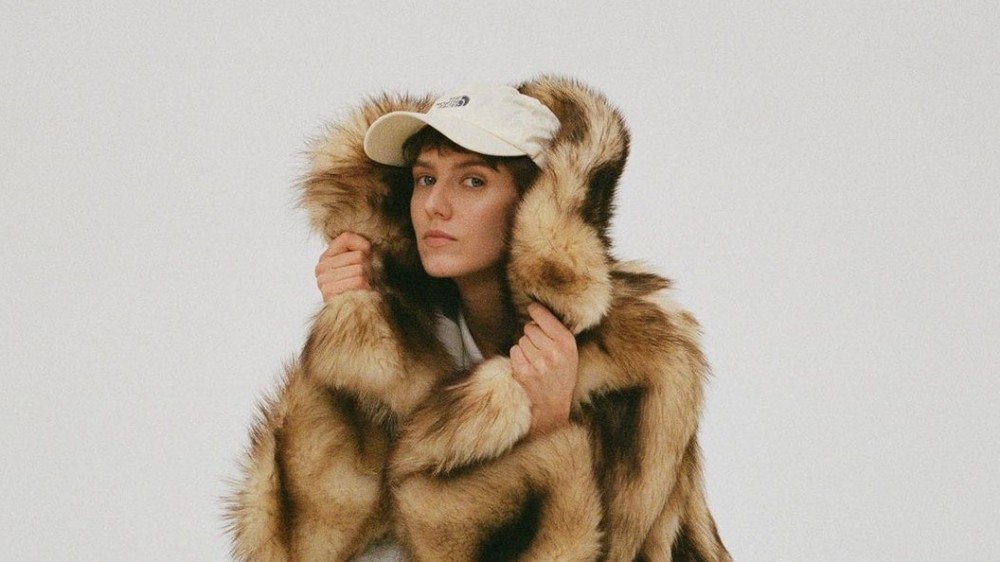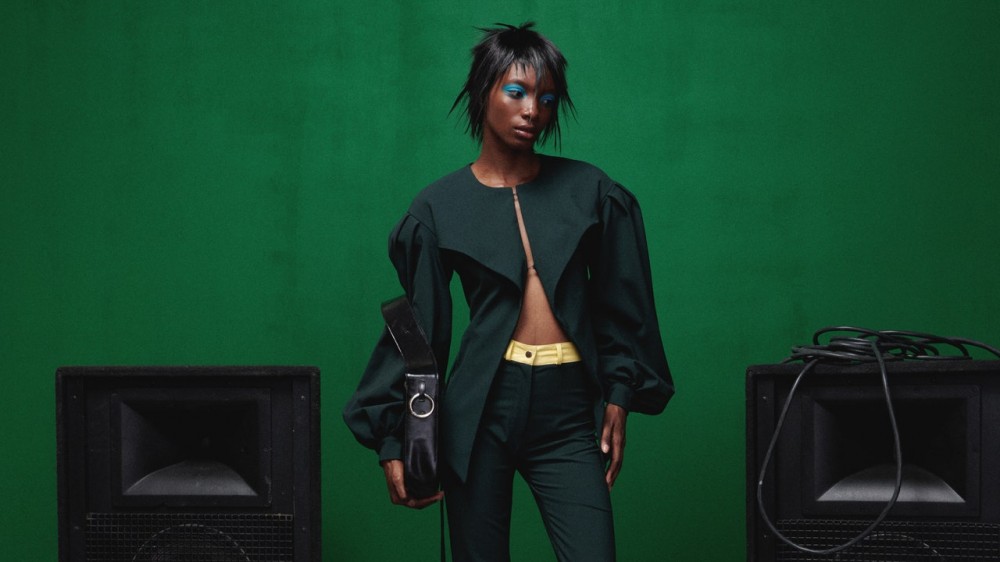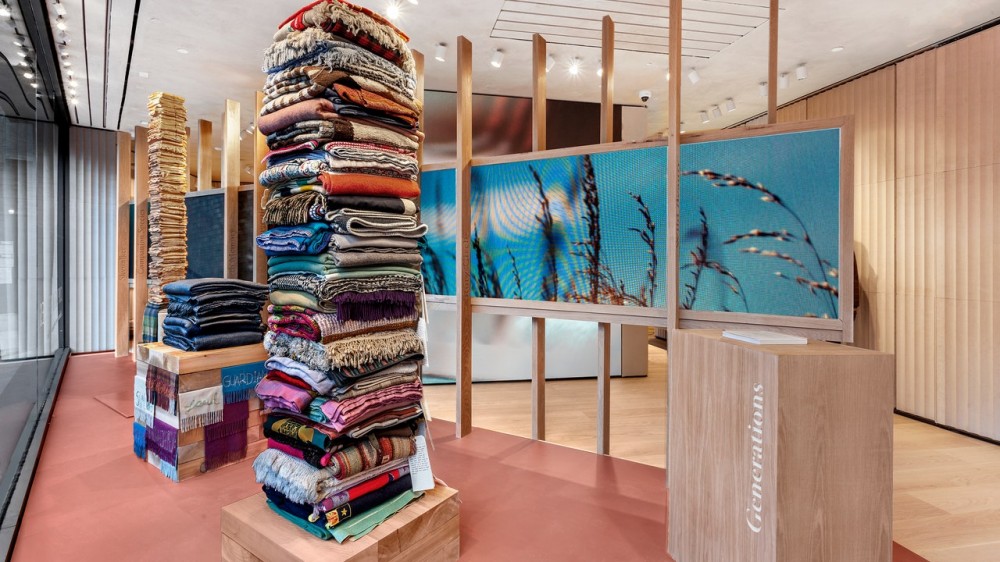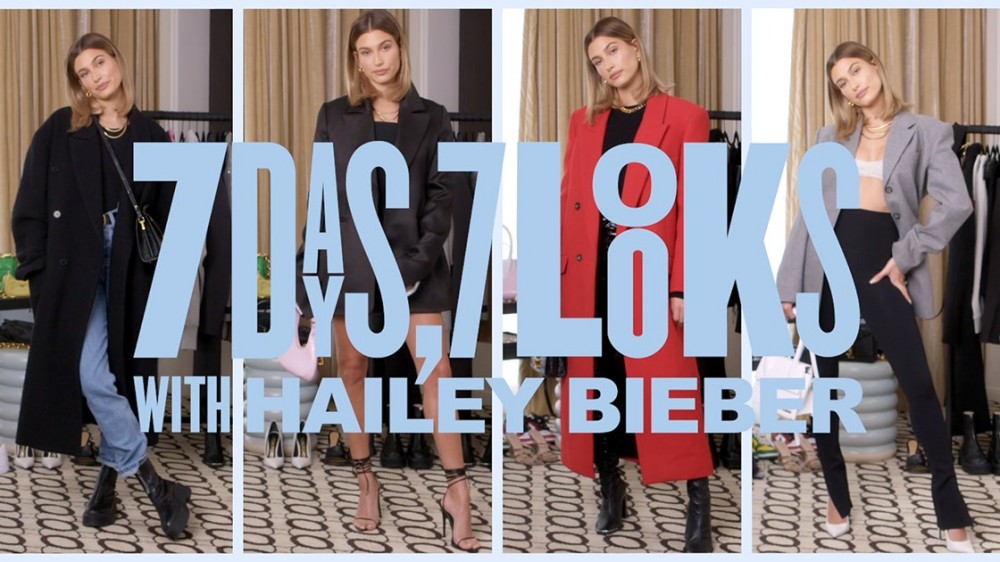
Upcycling Brand Nereja Makes Vintage Furs New Again
As temperatures grew colder in Moscow this past November, Vogue Russia’s executive fashion director Sveta Vashenyak began her hunt for a fur jacket. Vashenyak had been searching for an already worn fur coat, but each vintage coat had something stylistically wrong with it. “They all had these huge sleeves and big shoulders,” she says over Zoom. “And in Russia, we have these huge buttons.” Eventually, she found a long, light brown mink coat from a vintage fur specialty store outside of Moscow. She brought it to the tailor and had it altered. Gone was the “ugly collar and huge shoulders,” and then what was once considered a babushka coat now looked like something more from The Row. After receiving compliments from friends, Vashenyak decided to launch Nereja in December, a label in which she gives dated fur coats a new, chic life.
Russia has long been culturally and historically intertwined with fur, and its trade dates back to centuries ago during the Middle Ages. There is even a national dish titled seledka pod shuboi, which means “herring under a fur coat.” Come winter, it is the material of choice for most Russian women. While the market for insulated, fur-less tech coats is growing, fur is still popular in Russia, especially where temperatures can hit bone-chilling, dangerous extremes, and dip below -50 degrees Fahrenheit. Over the past years, the legal sale of fur has been increasing. Even as the global demand for fur dropped in 2020, according to Vogue Business, due to laws targeting black market sales, the legal sales of fur coats in Russia increased tenfold to $1 billion between 2016 and 2018. “Every lady is wearing fur,” says Vashenyak, while her partner, consultant Masha Popova adds, “Winter is really harsh, and not in a nice way.”
Buying vintage allows shoppers to get the cultural cache at a cheaper price and without the same ethical considerations of a new fur. Purchasing a new fur coat is expensive, with prices that spike into the thousands. Nereja’s most expensive offering is a long, brown mink coat priced at $2,700, which, while not exactly cheap, is more affordable than new minks that are typically priced at $5,000 and up. “Upcycling is a cool bonus,” says Vashenyak, who has been a vegan for more than 10 years. While many vegans will not wear fur—new or used—Vashenyak’s mindset is that if someone buys secondhand fur instead of buying new, which means killing more animals, she is happy. “People are going to buy fur anyway in Russia,” adds Popova. “With upcycling and vintage, you’re not causing any additional harm.” Fur isn’t going anywhere soon, so Nereja finds itself in the beneficial position of giving environmentally conscious people in Russia a cultural tradition they can feel good about.
Typically, Vashenyak spends several days a week scouting shops for used fur coats. She then will bring the coat to a tailor, who will alter the sleeves, making them slimmer and taking down the shoulders. Finally, she sews a white silk lining into it. (A tag in the lining reads, “Nereja: This upcycled fur coat is made from a vintage garment. Please consider some minor imperfections.”) Mink is the most popular, but Nereja also offers raccoon and marmot fur. A mouton incarnation recalls the peacoat-style Soviet-era coats children would bundle up in. The coats shown on Nereja’s Instagram are mixed in with mood images of magazine editorials from the late ’90s and early ’00s, as well as the likes of Kate Moss and Gwyneth Paltrow wrapped up in furs, all of which expresses Nereja’s modern-minded aesthetic. The look book images also have a modern flair, showing the model in full denim and boots in a dark brown marmot version, and another image of her in sneakers in a heavy fitch coat for a casual but elevated look. “We really think our customer should wear it with trainers and sneakers and sweatshirts,” says Popova. “Not too serious.”



